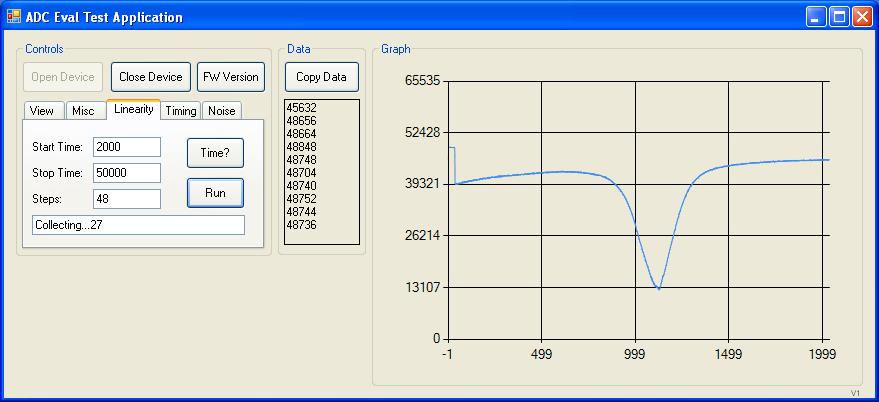Does anyone know of any software available to take data from the FT2232H in 245 FIFO Sync mode and write it to screen or to a log file?
Basically, I am using the FT2232H IC to transfer a large amount of data from an FPGA over USB. I chose the IC because I've had some experience with FTDI chips before using their VCP (virtual com port) driver and because of the USB2 speeds available.
Unfortunately, it needs to use the D2XX driver, which doesn't allow it to show up as a virtual com port on my windows machine so I can no longer use TeraTerm to display data being sent through the IC.
It seems to me that the FT2232H in sync FIFO mode should be a popular enough option that someone has already written software for a windows machine that would let me see data coming off the USB - either on screen or to a text file. A google search didn't turn anything up and I figured this is a valuable enough question that others might be interested in the answer too.


